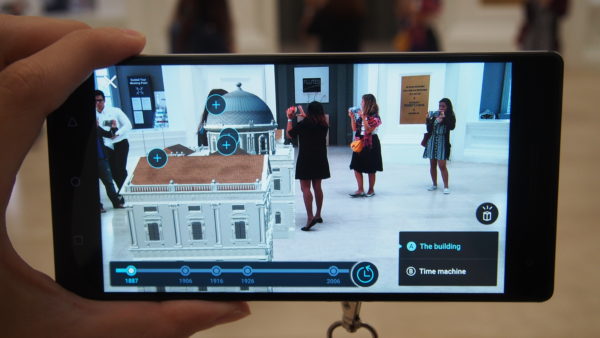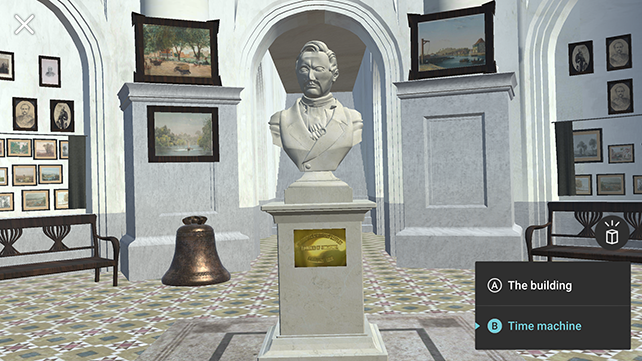Thoughtful Interaction Design
by Jonas Löwgren and Erik Stolterman
The introduction of Jonas Löwgren and Erik Stolterman’s book, Thoughtful Interaction Design, gave a comprehensive overview of what constitutes a “good designer” and concepts which one should hold while producing an artwork. Although the term “good designer” or “good design” is very subjective, we can view a designed digital artefact as a consequence of a design process due to the reflective thoughts of the designer.
As I have interest in culture and the concepts of a Museum, a case study which I would like to bring forward is a digital experience created by Google and in collaboration with developer GuidiGo. By using elements of virtual and augmented reality, the team took the challenge of using technology to bring back the past in the National Museum of Singapore.

Museums are now exploring digital and mobile technologies to mainly enhance visitor experience. No matter what the technological application is, Museums experience a lift in visits and engagement when they leverage consumer-accepted technology. However, there should be a critical thought on the designer’s part to ensure that multimedia devices are only tools and techniques for communicating clearly defined ideas and concepts. They need to ensure that technology supports rather than overshadows the overall museum experience. This leads to the question of how much technology should the designer implement into the museum. With this constraint, the team had to consider several solutions during their interaction design process. As quoted from the book,
“..the real task for the designer is to develop something of lasting quality in the most suitable and creative way given the existing conditions.” – an extract from Thoughtful Interaction Design
When putting the core concepts from the book into this project, we could see the following parallels :
- Design Process : to create a platform for visitors to retrace the history of the National Museum of Singapore
- Design Situation : being both in the digital realm and the physical space of the Museum as as well as the intervention with technical difficulties and critics from museum-goers
- Digital Artefact : a device which acts as a portal to the past

By adopting Tango, a technology platform created by Google, visitors were able to use their smartphones to imagine new spaces, get things done and play games in a new dimension through augmented reality. Personally, this was a favourable outcome as the basic function of this artefact satisfies the users’ needs; transporting visitors back in time and brings them on a journey of how the museum evolved over time but still remains in the physical space of the museum. There was a balance between being online and offline. Visitors were also not heavily dependent on the device as they still had to look around the physical museum to point the device around. The use of clickable buttons on the device also gave them a choice to learn more about the objects. Since visitors were only able to view the augmented reality within the Museum space itself, this made it unique in a sense that they were not able to do this activity from the comfort of their home.
By bringing in technology into a Museum space, the designers and developers had to venture a project which involved great risks. Not only were there criticisms from traditional Museum visitors but also technical issues in relation to the software. Design is imperfect. It has limitations and restrictions. However, the designers have to be able to handle these difficulties as much as they can for them to achieve an “ongoing learning” and self-development.

By reading the first 13 pages of Löwgren and Stolterman’s book, I managed to extract some core concepts about Interaction Design and how the combination of the designer, resources and situation is able to make a design process unique. To produce a quality digital artefact, a designer should be daring to go beyond her thinking and assumptions so as to develop better judgement skills and design ability. As an Interactive Media student, these are essentials for us to always hold on to and keep in the back of our minds to produce valued digital artefacts that reflect our design thinking and design action.
Reference Links :
https://www.techgoondu.com/2017/04/12/take-tour-national-museum-past-present-augmented-reality/
